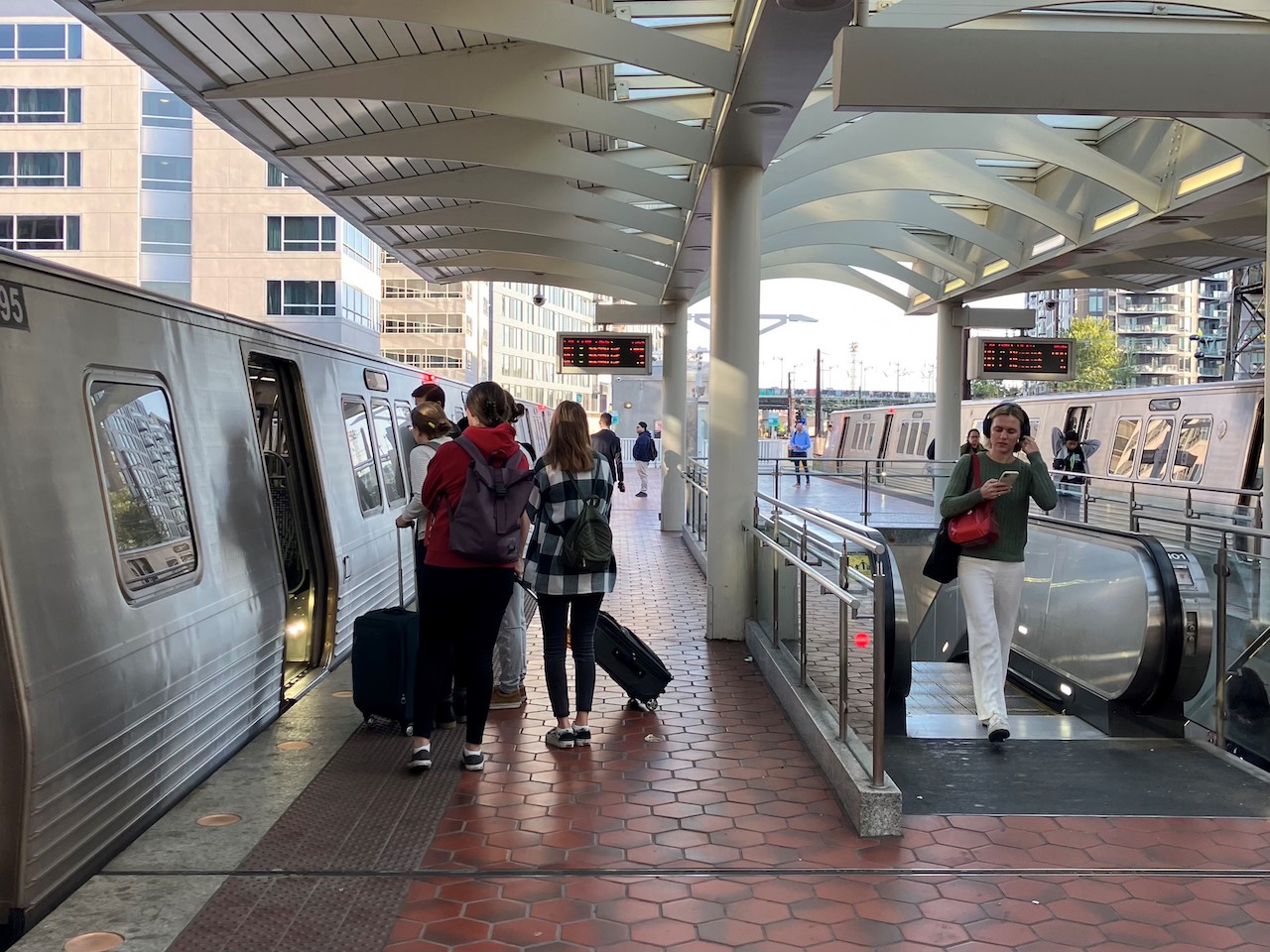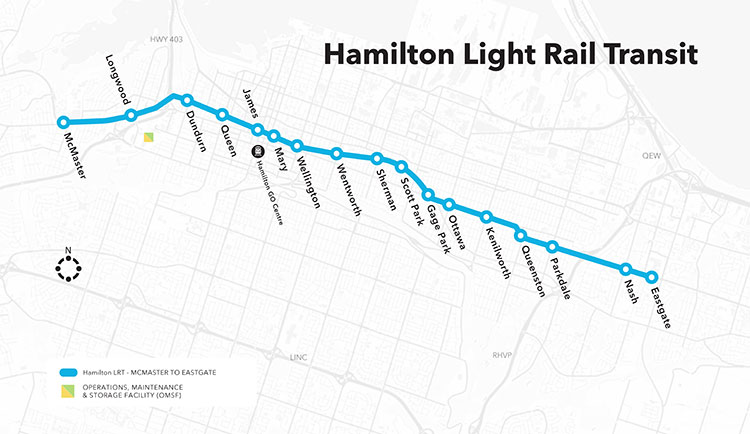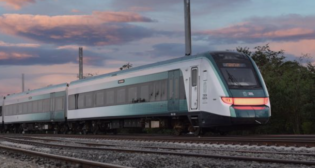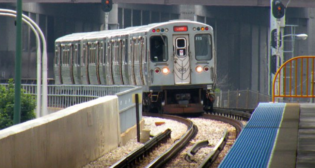
Transit Briefs: Amtrak, AECOM, WMATA
Written by Carolina Worrell, Senior Editor
WMATA photo
Amtrak introduces a simplified fare structure. Also, AECOM is appointed by Metrolinx to serve as technical advisor for the Hamilton Light Rail Transit (LRT) project; and the Washington Metropolitan Area Transit Authority (WMATA) prepares for its Auto Doors function.
Amtrak
Amtrak announced Oct. 18 that it will soon introduce a new, simplified fare structure with more flexible and affordable options.
The simpler fare structure, which the national passenger railroad company says is “based on extensive customer research, and to better meet customer needs,” is scheduled to launch later this fall and builds on other recent improvements Amtrak has made to the booking experience.
The new fare structure reduces fare types from three categories to two and serves to provide a more consistent booking experience with fare types that are clearly differentiated and easy-to-understand:
- Flex: For customers who want a more flexible travel option, these tickets will be fully refundable if canceled, and can be changed without fees before departure.
- Value: For customers who know their travel plans and want a more affordable option, these tickets will be a lower price than Flex tickets, non-changeable and receive a 75% refund if canceled.
In addition to simplifying the fare structure, benefits of the new approach also include:
- Flex fares will often be available starting at lower prices than currently offered.
- Occasional sale fares at an even deeper discount (these will be non-changeable and receive a 50% refund if canceled).
- Any refunds of credit card purchases will be made to the original form of payment, rather than as an eVoucher.
- These changes will make it easier for Amtrak customers to choose the ticket type that best fits their travel needs. Tickets purchased prior to the launch of the new simplified fare structure will remain subject to the existing fare rules and conditions.
These improvements, the company says, build on other recent pricing enhancements Amtrak has made to make travel more affordable, including:
- Introducing ultra-low “Night Owl” fares, which are as low as $5-$20 on select Northeast Corridor (NEC) routes.
- Enabling Amtrak Guest Rewards members to redeem tickets with points on more fare types.
- Updating the children’s discount so that all children (2-12 years old) can travel for 50% off with an accompanying adult (previously limited to 1 child discount per adult fare).
- Expanding passenger discounts—such as senior and military—to apply to all fares, including sales.
- Improving Share Fares, which allow groups of 3-8 people traveling together to receive discounts ranging from 17% to 60%.
“This streamlined fare structure with more affordable and flexible fares is part of Amtrak’s continued commitment to upgrading the customer experience at every step along their journey,” said Amtrak President Roger Harris.
AECOM
Infrastructure consulting firm AECOM announced Oct. 18 that it has been appointed by Metrolinx to serve as technical advisor for the Hamilton LRT project, a 14-kilometer (8.7-mile) transit line with 17 stops to be located within Hamilton, Ontario.

AECOM’s integrated team will be supporting Metrolinx on the delivery of the full breadth of infrastructure for the project—the city’s first light rail transit system that will be designed to “accommodate expected future growth and development, improve connectivity and attract economic development in the rapidly growing area.”
“As Ontario advances its record investment in public transit, we look forward to working with Metrolinx and our partners to support a more connected and economically vibrant Hamilton through accessible and sustainable transportation,” said Richard Barrett, Chief Executive of AECOM’s Canada region. “AECOM has played a critical role in light rail projects across Ontario and Canada, and our teams are excited to deploy their depth of experience and local expertise to deliver this transformative project.”
“World-class transit is critical to urban development, especially as we seek to design more sustainable cities,” said Mark Southwell, Chief Executive of AECOM’s global Transportation business. “This project will set Hamilton apart as a leader in public transportation, preparing it for a more livable, low-carbon future. As we deliver major transit projects across the globe, the Hamilton LRT is the latest example of how our Sustainable Legacies strategy continues to improve social and environmental outcomes for communities.”
The Hamilton LRT project, AECOM says, is designed to provide connectivity across Hamilton with new light rail vehicles running along dedicated track for greater safety, frequency, and reliability. In addition, the project plans to support sustainable growth and city-building through revitalization of critical utilities and general infrastructure along the route.
WMATA
On Oct. 17, WMATA began certifying operators on its Red Line trains who have been trained to use the agency’s Auto Doors function.
According to WMATA, the feature enables doors to open automatically when the train stops at the platform. “Not only is it safer and more reliable, but it also eliminates the delay of operators manually opening the doors,” said the agency.
Currently, WMATA operators are required to open and close train doors manually. They’re instructed to stick their head out the window, take a few seconds to verify they are opening the doors on the correct side of the train, and then press a button to open the doors—a process that can take up to 15 seconds and happens more than 20,000 times a day across the system.
With Auto Doors, WMATA says signals at the platform tell the train which side to open automatically when it arrives at each station platform. Operators will still put their head out of the window to make sure everyone has exited or boarded safely before manually closing the doors.
The agency says it has been testing Auto Doors during off-hours for months and the system performed “without any safety issues more than 2,500 times.” WMATA worked closely with the Washington Metrorail Safety Commission (WMSC) to move forward with this step in its automation program.
“Using Auto Doors eliminates human error from the process of operating our train doors, meaning a safer, smoother trip,” said WMATA COO Brian Dwyer. “Anyone who uses Metrorail has experienced the wait, standing at the door wondering when the doors will open. Our customers tell us they want Auto Doors back and this change will improve customer experience and safety.”



